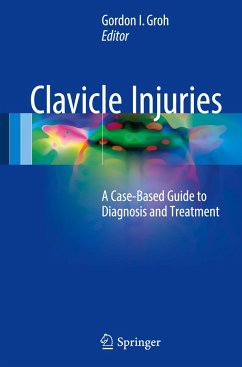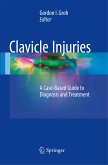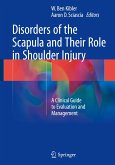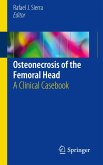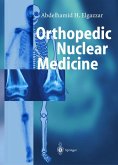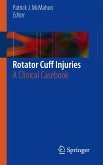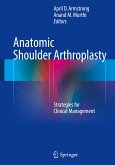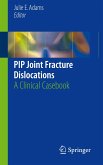This is the first book of its kind to specifically cover all aspects of clavicle injury management, from anatomy and biomechanics to anesthesia and radiology, with the bulk of the chapters presenting current treatment strategies, both operational and otherwise. The clavicle is the most frequently injured bone in the human body, but despite the frequency of injury, there is a remarkable breadth of treatment options and controversy regarding operative and non-operative treatment, with intramedullary fixation and plating techniques both having avid supporters. Each chapter presents expert opinion and relies on biomechanics, anatomy, radiography, evidence-based medicine and outcome studies to reach their conclusions. Technique chapters include illustrative case material, demonstrating a variety of presentations and outcomes. Pediatric and sports-related clavicular injuries are also highlighted, as are complications, for a well-rounded, comprehensive resource.
Before now, a text focusing solely on injuries to the clavicle may have seemed like an impossibility. However, given recent reinvestigation into outcomes and emerging concepts in management, Clavicle Injuries stands as the go-to resource for currently techniques for diagnosis and management of these common injuries for orthopedic and emergency surgeons as well as sports medicine specialists.
Before now, a text focusing solely on injuries to the clavicle may have seemed like an impossibility. However, given recent reinvestigation into outcomes and emerging concepts in management, Clavicle Injuries stands as the go-to resource for currently techniques for diagnosis and management of these common injuries for orthopedic and emergency surgeons as well as sports medicine specialists.
"This is a unique book inasmuch as it deals specifically with injuries to the clavicle, reportedly the most frequently injured bone in the human body. ... This is the only book that is devoted solely to injuries of the clavicle. It is succinct and very instructive for physicians seeking a quick but authoritative reference on this subject. It is a necessary addition to the medical library frequented by orthopedic surgeons and residents who still use written materials." (Samuel J. Chmell, Doody's Book Reviews, November, 2017)

